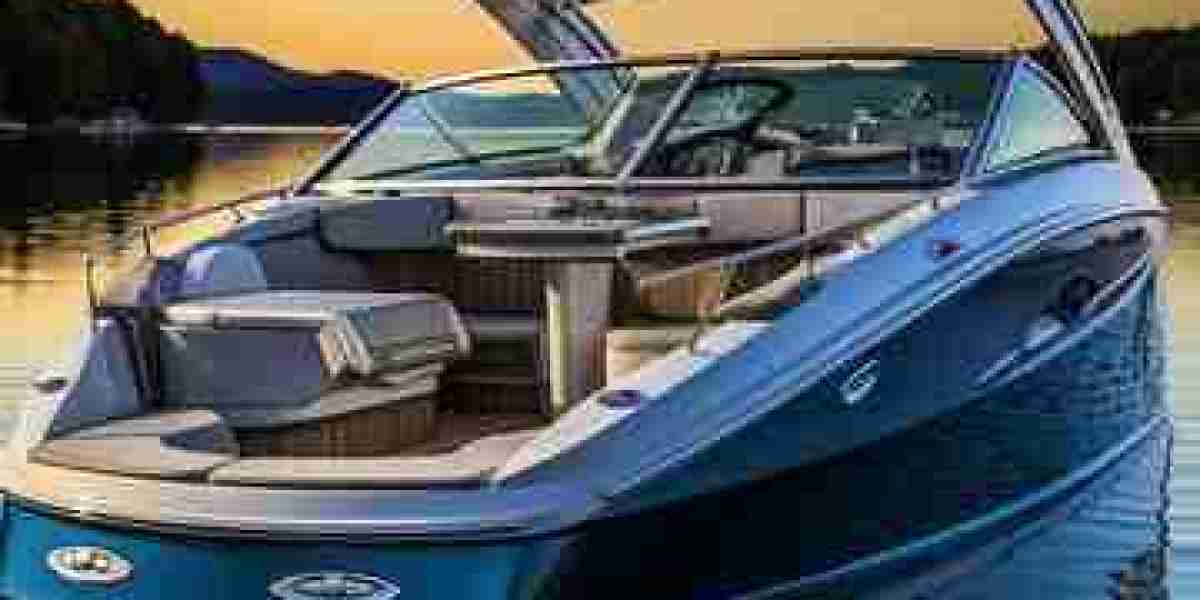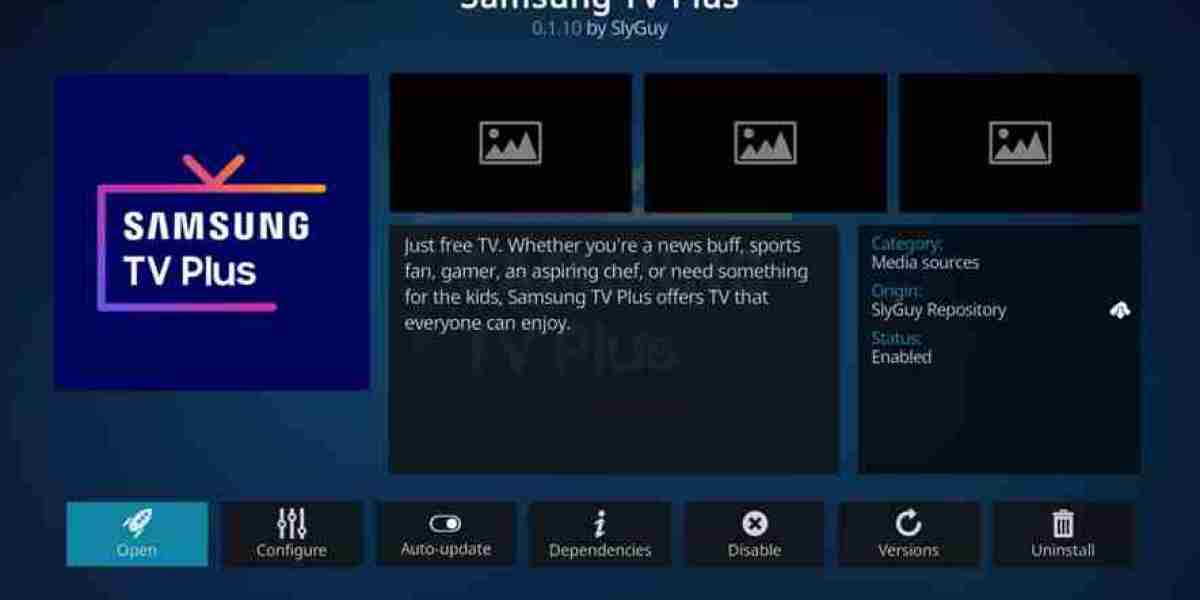1. Economic Uncertainty and High Costs
One of the most significant challenges in the leisure power boat market is the economic uncertainty affecting both manufacturers and consumers. High purchasing costs, combined with maintenance and operating expenses, make owning a leisure power boat a luxury investment. The initial cost of a power boat can range from tens of thousands to millions of dollars, depending on the type and specifications. These costs are often a barrier for potential customers, especially during economic downturns or times of financial instability.
Economic uncertainty, such as recessions or fluctuations in disposable income, can further limit demand for luxury items like leisure boats. As consumers tighten their budgets, they may delay or forgo purchasing power boats, impacting the growth of the market. In addition, the ongoing effects of the COVID-19 pandemic have disrupted global supply chains, further increasing costs of production and reducing the availability of components necessary for boat manufacturing.
2. Environmental Regulations and Sustainability Demands
As the global focus on environmental sustainability intensifies, the leisure power boat market is under increasing pressure to meet stricter environmental regulations. Governments worldwide are implementing more stringent emissions standards and regulations regarding fuel consumption and noise levels. In many regions, there are growing demands for boats to be more eco-friendly, reducing their environmental footprint and minimizing harm to marine ecosystems.
The rise of electric and hybrid boats is a response to this challenge. However, developing and producing these alternative propulsion systems requires substantial investment in new technology and infrastructure. Electric boats, for example, require large, high-capacity batteries that are still relatively expensive and have limited range. Furthermore, the disposal and recycling of used batteries pose additional environmental challenges.
Although sustainability is an important goal, the transition to greener boats presents significant technical and economic hurdles. Manufacturers must balance consumer demand for eco-friendly options with the high cost of producing these advanced vessels. Additionally, many recreational boaters are hesitant to embrace electric or hybrid boats due to concerns over performance, range, and charging infrastructure.
3. Technological Limitations and Integration
While technological advancements have brought numerous improvements to the leisure power boat market, limitations in technology remain a key challenge. The integration of digital technologies such as advanced navigation systems, autonomous boating, and smart connectivity can enhance the user experience, but it also introduces complexities.
For instance, autonomous boats, while promising, are still in the experimental phase. Despite advances in artificial intelligence (AI) and sensor technologies, fully autonomous recreational boats have not yet been perfected for mass production. There are still significant challenges in ensuring the safety, reliability, and user acceptance of autonomous boating systems. Many consumers are skeptical about relinquishing control of their boats to AI, especially when navigating busy or unpredictable waters.
Moreover, the integration of smart technologies—such as digital dashboards, onboard entertainment, and automated systems—requires boat manufacturers to invest in research and development, which can be costly. There are also concerns about the long-term durability and maintenance of these advanced technologies, which could drive up overall ownership costs.
4. Climate Change and Extreme Weather Conditions
Climate change has had a growing impact on the leisure power boat market, with extreme weather events such as hurricanes, floods, and storms becoming more frequent and severe. Rising sea levels and unpredictable weather patterns pose risks to boating enthusiasts and the infrastructure that supports the industry. Flooded areas, damaged marinas, and disrupted waterways can discourage people from investing in or using their boats.
Additionally, boat manufacturers must consider these climate challenges in the design and construction of boats. Storm-resistant boats with enhanced durability, as well as more robust hull designs and advanced weather monitoring systems, are becoming more in demand. However, these innovations come at an additional cost, which may deter some consumers from purchasing power boats, particularly in markets with a history of extreme weather.
5. Supply Chain Disruptions
The global leisure power boat market, like many other industries, has faced significant supply chain disruptions, particularly due to the COVID-19 pandemic and geopolitical tensions. Shortages in critical materials such as semiconductors, fiberglass, and aluminum have slowed production and increased costs. Supply chain delays are a growing issue, as boats and their components are often imported from different countries, requiring complex logistical coordination.
These disruptions have led to longer wait times for customers and higher production costs, which in turn may be passed on to consumers. As a result, some potential buyers may delay their purchases or look for alternative options, slowing market growth. Manufacturers must work to diversify their supply chains, build stronger relationships with suppliers, and streamline production processes to mitigate these challenges in the future.
6. Market Saturation and Increased Competition
The leisure power boat market is facing saturation in some regions, particularly in mature markets such as North America and Europe. As more consumers acquire boats, the market becomes more competitive, with manufacturers vying for a share of the shrinking pool of new buyers. Increased competition can lead to price wars and thinner profit margins, making it difficult for smaller manufacturers to survive in a crowded market.
In addition, the rise of second-hand boat sales offers an alternative for consumers who may not be willing to pay premium prices for new boats. The availability of used boats at lower prices may reduce the demand for new boats, particularly among budget-conscious buyers.
Conclusion
The leisure power boat market is undoubtedly facing several challenges that could impact its growth and development in the coming years. Economic uncertainty, environmental regulations, technological limitations, and supply chain disruptions are just some of the hurdles that manufacturers and consumers must navigate. While the market is evolving and adapting to these challenges, the industry will need to continue innovating and finding ways to overcome these obstacles in order to remain competitive and sustainable. Addressing these challenges will require collaboration, investment in new technologies, and an ongoing commitment to meeting consumer demands for both performance and sustainability




